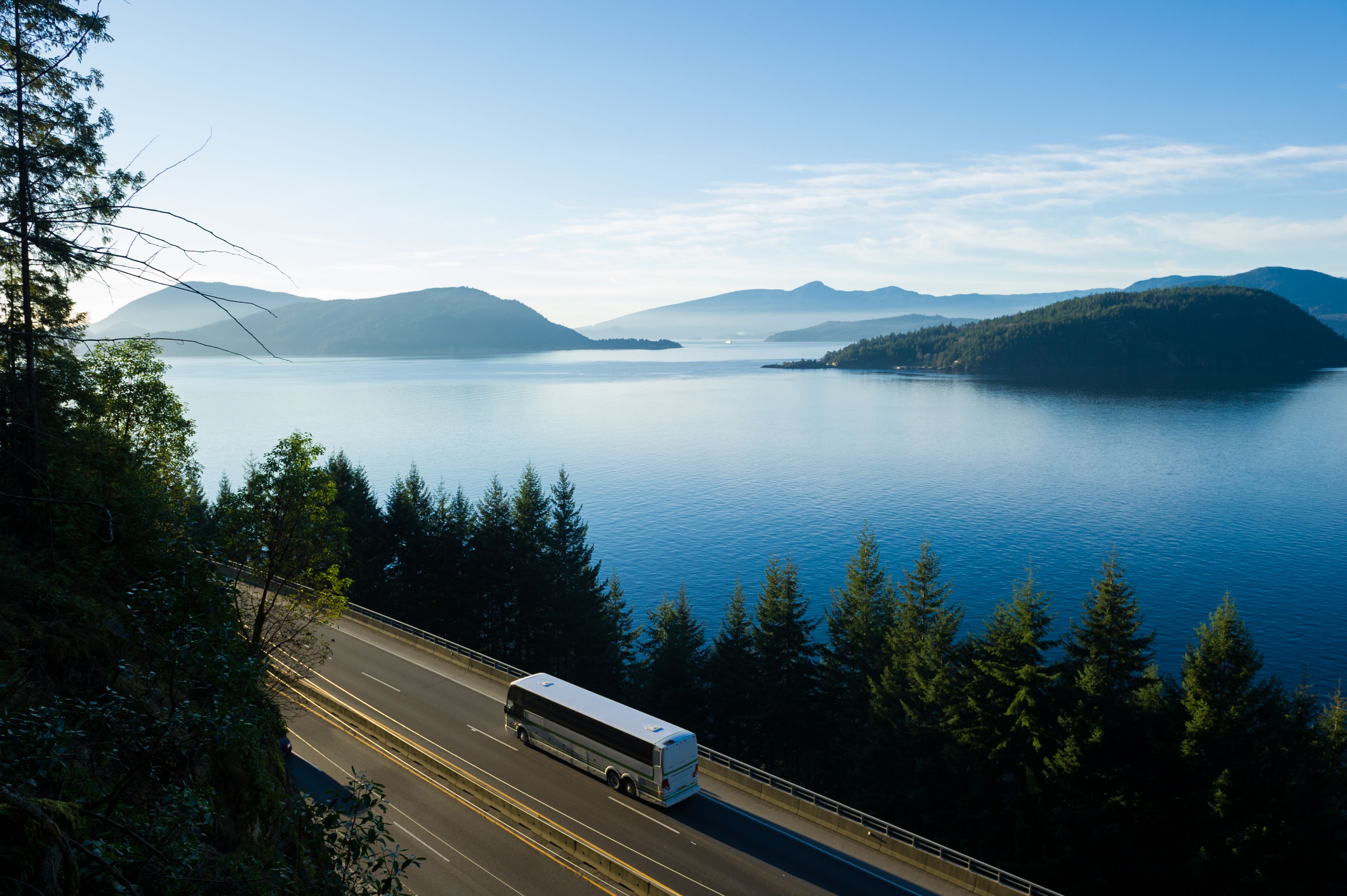Top Public Transportation Options in the Western States: Convenience and Cost Comparison
Exploring Public Transportation in the Western States
The western United States is renowned for its diverse landscapes and vibrant cities. Whether you're commuting for work or exploring for leisure, understanding the public transportation options available can significantly enhance your travel experience. From bustling urban centers to scenic rural routes, the western states offer a variety of public transportation systems that cater to different needs and budgets.
For residents and tourists alike, choosing the right mode of transportation involves considering factors such as convenience, cost, and accessibility. Here's a comprehensive guide to some of the top public transportation options in the western states and how they compare in terms of ease and expense.

Metropolitan Transit Systems
Major cities like Los Angeles, San Francisco, Seattle, and Portland boast extensive metropolitan transit systems. These networks typically include buses, light rail, and subways, offering efficient ways to navigate urban environments. For instance, the Los Angeles Metro covers a wide area with its extensive bus routes and rail lines, making it a convenient choice for city dwellers.
In San Francisco, the Bay Area Rapid Transit (BART) system provides quick access between the city and surrounding suburbs. It's a popular choice for commuters due to its frequency and reliability. Meanwhile, Seattle's Sound Transit offers a mix of light rail, buses, and commuter trains that connect key areas within the city and beyond.

Regional Rail Services
For longer-distance travel across state lines or between cities, regional rail services like Amtrak offer a viable option. The Amtrak Coast Starlight route, for example, provides stunning views as it travels from Los Angeles to Seattle. This service is ideal for those looking to combine travel with sightseeing.
While regional rail is generally more costly than city transit systems, it offers a comfortable and scenic alternative to driving. Booking in advance can help reduce ticket prices significantly, making it a more affordable option for budget-conscious travelers.
Bus Networks
Bus networks remain a crucial component of public transportation in many western states. Greyhound and Megabus operate extensive routes that connect major cities and rural areas alike. These services are often more economical than rail travel, though they may take longer depending on the distance covered.
Local bus services within cities also provide an affordable way to get around. In Portland, for instance, TriMet's bus network complements its light rail system, ensuring coverage throughout the city. For those unfamiliar with a city's layout, buses can offer a straightforward way to explore without worrying about parking or navigation.

Ride-Sharing and Micro-Mobility Options
In recent years, ride-sharing apps like Uber and Lyft have become integral to urban transportation. While typically more expensive than traditional public transit, they provide unparalleled convenience and flexibility. This is especially useful in areas where public transportation is less frequent or during off-peak hours.
Micro-mobility options such as scooters and bike-sharing programs have also gained popularity. Cities like San Diego and Denver offer extensive networks of rentable bikes and scooters, which are perfect for short trips or exploring at a leisurely pace.
Cost Comparison
The cost of public transportation varies widely across the western states. Urban transit systems tend to be more affordable than regional rail services or ride-sharing options. For instance, a single trip on San Francisco's Muni costs just a few dollars, whereas an Amtrak ticket may be substantially higher.
Monthly passes or travel cards can offer significant savings for frequent users. In Los Angeles, Metro offers passes that provide unlimited rides on buses and trains, making it cost-effective for daily commuters.

Ultimately, the best public transportation option depends on your specific needs and budget. Whether you're a resident or a visitor, understanding the available choices can enhance your travel experience in the western United States.
